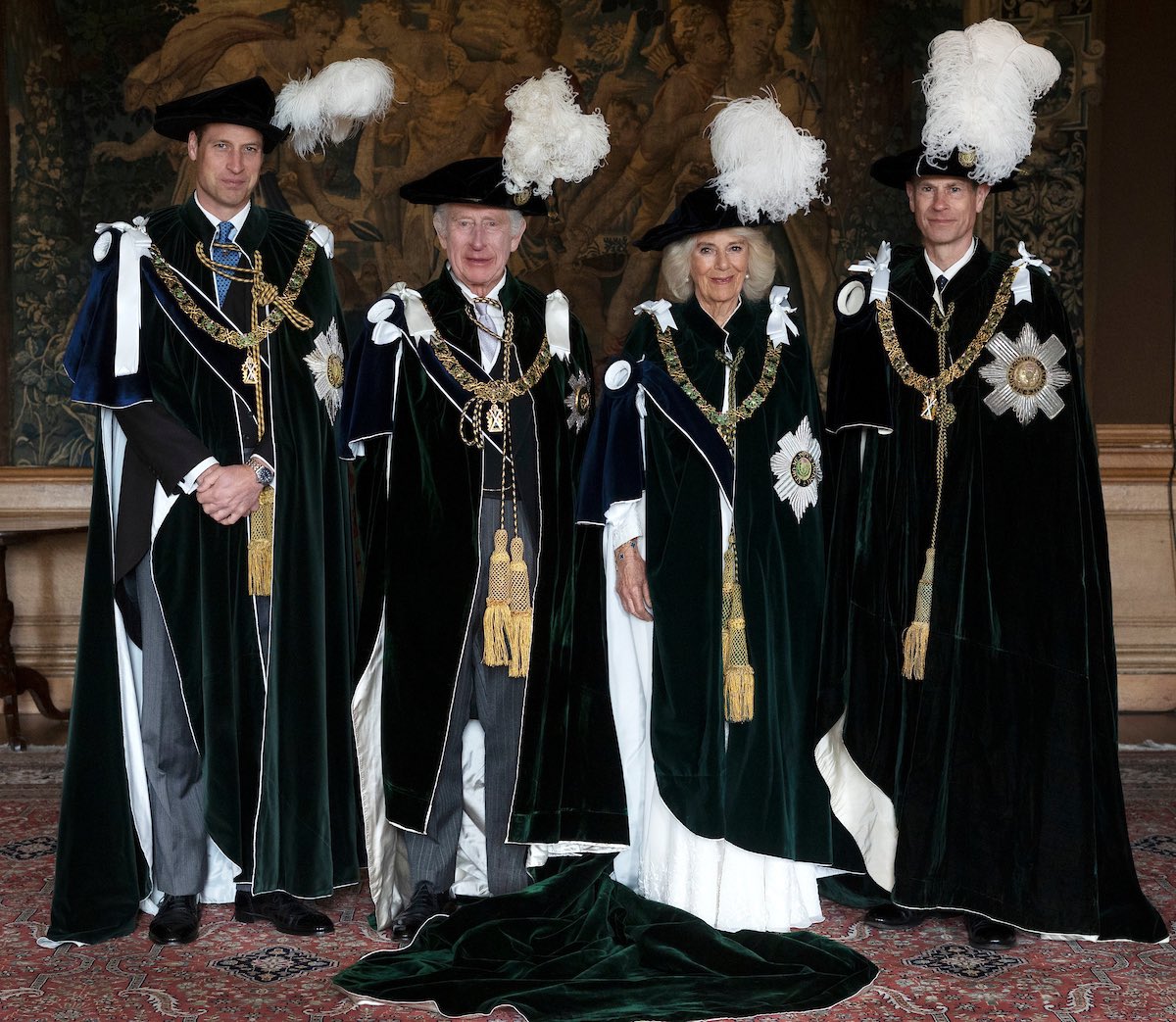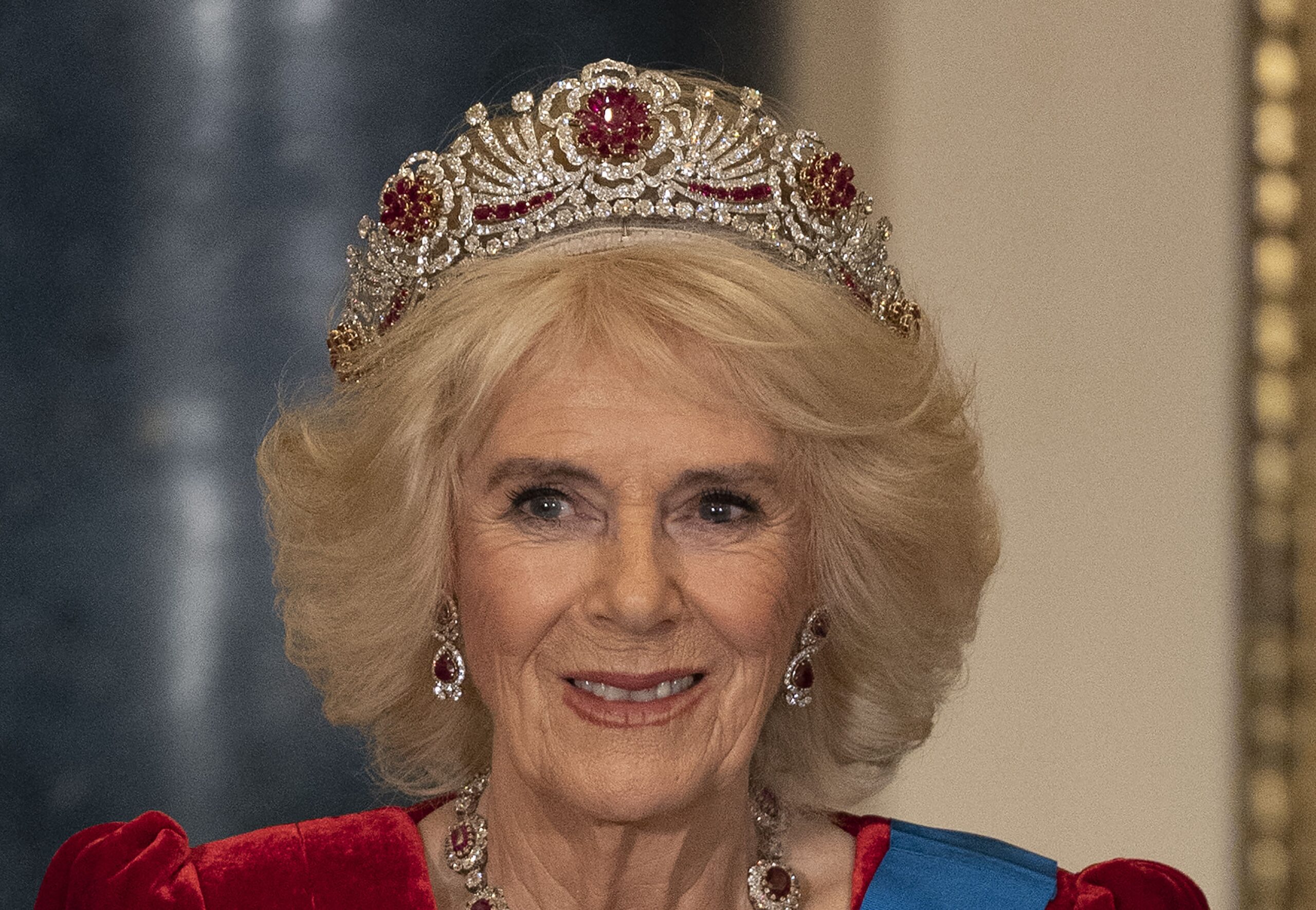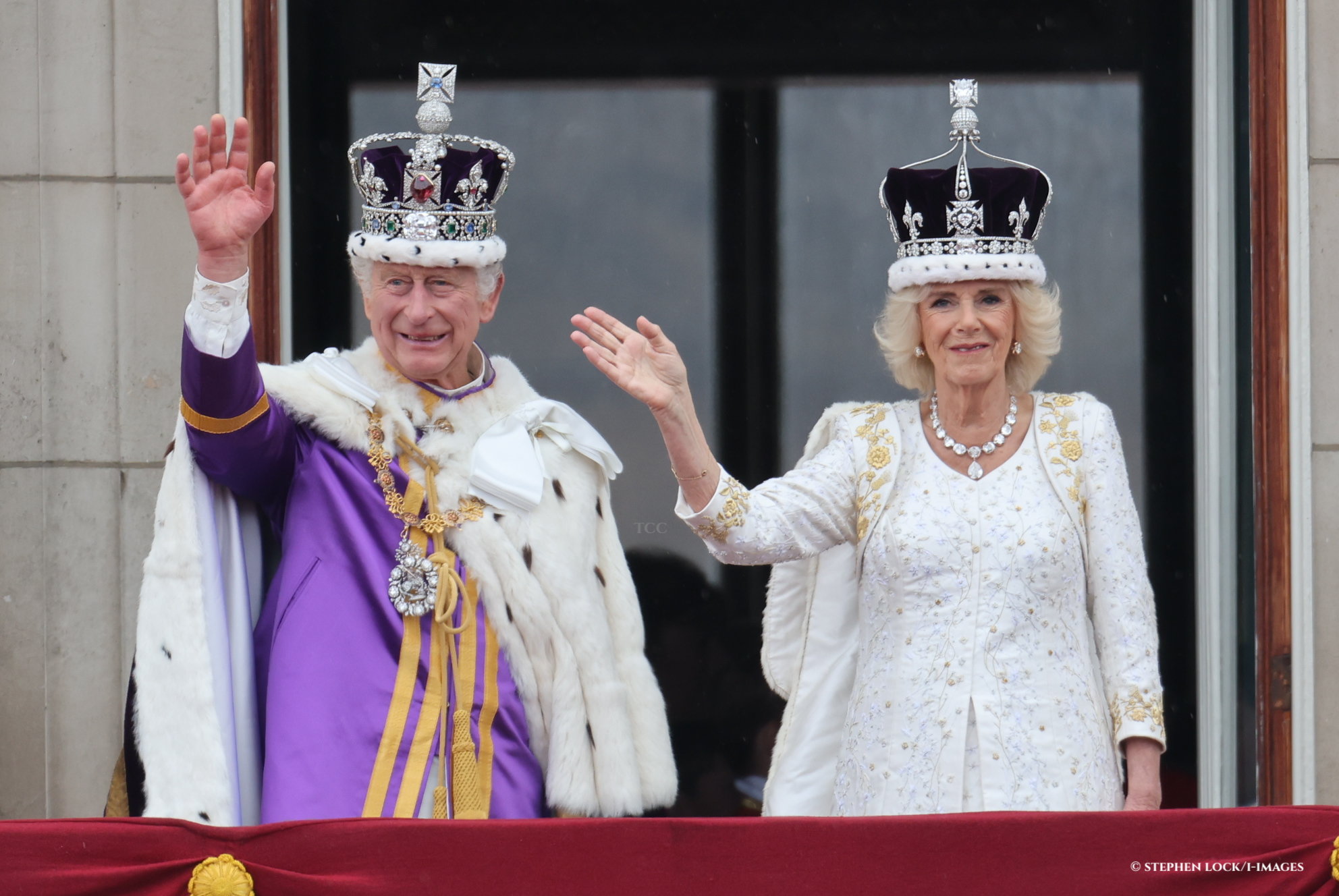One of the most famous events in England’s history was the Great Fire of London, which began on this day 350 years ago.
What happened?
Following a particularly dry summer, and two years beset by plague, a spark was all that was needed to start a blaze in a Pudding Lane bakery. The destruction would cost London 100,000 people’s homes, its Cathedral (St Paul’s), and approximately £10 million of damage – when the city’s income was just £12,000 per year.

The Great Fire of London in 1666 destroyed most of the city, as well as St Paul’s Cathedral (Herry Lawford)
It was 2am on Sunday morning in Thomas Farynor’s house when a workman smelled smoke. The Farynor family were naturally alarmed, and fled from the upper floors of the house, across the nearby roofs. Their maid was too scared to run and became the first of a handful of casualties.
Thomas Farynor insisted throughout, and after the fire was stopped, that he had extinguished the fires in his bakery the evening before, but it cannot have been so.
London’s narrowly built streets and overhanging timber-framed houses saw the fire spread rapidly (it is worth noting these building materials had been banned for centuries, but the law never properly enforced). Within an hour the Mayor, Sir Thomas Bloodworth, had been woken with the news of a fire, yet he retorted: ‘A woman might p*** it out’.

Lasting four days, the Great Fire of London was destructive, costing thousands of peoples homes (emmeffe6)
By dawn, London Bridge, which was just a short distance away from the bakery, was ablaze. Thankfully, a gap on the bridge meant the fire could not spread south of the river, much as it did in 1632, the date of the last inferno.
Diarist and courtier Samuel Pepys lived nearby, and walked to the Tower of London that Sunday morning. He was also concerned by the blaze and so went to Whitehall, informing the King and his brother James, Duke of York, of the situation.
King Charles II immediately ordered the Mayor to halt the fire by destroying as many houses as necessary to contain it. However, the strong wind put paid to this, with reports of the sparks jumping 20 houses along.
At the end of the day, the fire had begun to travel against the wind, towards the Tower – Pepys began to pack up his household.
Panic spread as through the conflagration raged north and west during the night. The Duke of York summoned soldiers from the surrounding counties to help control the fire, but also to halt the looting which was taking place.
By Monday afternoon, smoke from the capital could be seen in Oxford, and Londoners began to leave their homes for the safety of the wide open in Moorfields and Finsbury Hill, with many carts clogging up the already-narrow paths out of London. The 18-foot-high Roman wall, which encircled the capital, meant there was a risk of being shut in the inferno: with the river front also on fire, the only exits were the eight gates in the wall.
Gracechurch Street was next to go up in flames, as did Lombard Street, and the Royal Exchange, with the flames continuing towards the wealthy area of Cheapside.
It was Tuesday 4th September, which saw the most destruction: the evening before, the fire was spreading down Watling Lane, in the direction of St Paul’s Cathedral. The medieval church was built in the time of William the Conqueror, and had stood at the heart of the capital for centuries, almost unchanged. Numerous Kings had lain in state at the cathedral following their deaths, but neither its history, nor its thick stone walls could save the cathedral: its destruction was tantamount to treason.

St Paul’s Cathedral in 1614, prior to the Great Fire of 1666 (Wikimedia Commons)
A little known fact of the catastrophe of 1666 is that King Charles II was actually seen helping put the fire out. Charles was personally involved in the firefighting, along with his brother, James. Their team managed to contain the flames until late afternoon on Tuesday, when it jumped over the break at Mercers’ Hall and began to consume Cheapside.
While Pepys was still packing up his house (which included burying his parmesan cheese and wine, of course), he came up with an idea to stop the fire and make it manageable to tackle. “Blowing up houses… stopped the fire when it was done, bringing down the houses in the same places they stood, and then it was easy to quench what little fire was in it”. He wanted to tear down the houses as the fire raged, making a smaller fire which was easier to quell.
Demolition seemed to ease the blaze in the east, but the prisons of Newgate and Ludgate were consumed, with the destruction travelling along Fleet Street. St Paul’s had caught fire by this point, ‘to which the scaffolds contributed exceedingly,’ diarist John Evelyn noted. The lead roof melted and subsequently flowed down Ludgate Hill, such was the intensity of the heat, and there are reports of stones exploding.

St Paul’s Cathedral burns in 1666 (Wikimedia Commons)
It was a brick wall at Middle Temple that stalled the spread on Wednesday morning (5th September). Demolition continued at a pace to increase the break currently ahead of the flames. Together with a stroke of luck – the wind changed direction, – the fire began blowing back onto itself, and south into the Thames.
In the north, Smithfield and Holborn were keeping the situation under control, if not winning.
Amazingly, just four deaths were reported as a direct result of the Great Fire of London, but subsequent deaths – being trapped in demolished buildings or the consequences of smoke inhalation etc – means that the toll is probably a good deal higher.
The stats:
The blaze of 1666 destroyed 373 acres of the City: approximately 13,200 houses, 84 churches and 44 company halls were ruined by the small spark that started in Pudding Lane; 1/6 of London’s population (100,000 people) were left homeless.
The flames came close to reaching the Tower’s outer walls, close to Smithfield and almost to Temple Bar, before being extinguished.
The aftermath:
Hysteria had raged throughout the ordeal, and Londoners looked for someone to blame. They looked to the foreigners of the city: Catholics, Dutch, French – even those who spoke poor English. The situation was so dire that the Spanish Ambassador opened his home as a refuge to all foreigners, including the Protestant Dutch and the French.
The King attempted to quell this xenophobia, and addressed those who were made homeless in the fire. Charles II declared that the fire had not been started by foreign powers, but was act of God, which did nothing soothe the people’s mood, and a scapegoat was found at the end of September.
With the people unconvinced by the King’s speech, and a genuine need for answers since Farynor maintained his innocence, a Parliamentary Committee was appointed to investigate the fire. Conveniently, Robert Hubert, a French watchmaker, confessed to having started the fire in Pudding Lane as part of a team of 23 conspirators. While his story changed regularly, and it seems none of the judges believed he was responsible, Hubert was hanged at Tyburn for arson.
A monument now stands where the bakery once did, marking the location the blaze began 350 years ago today. It took until 1831 for an inscription blaming Catholics for the fire to be removed. The message had blamed ‘the treachery and malice of the Popish faction’….





